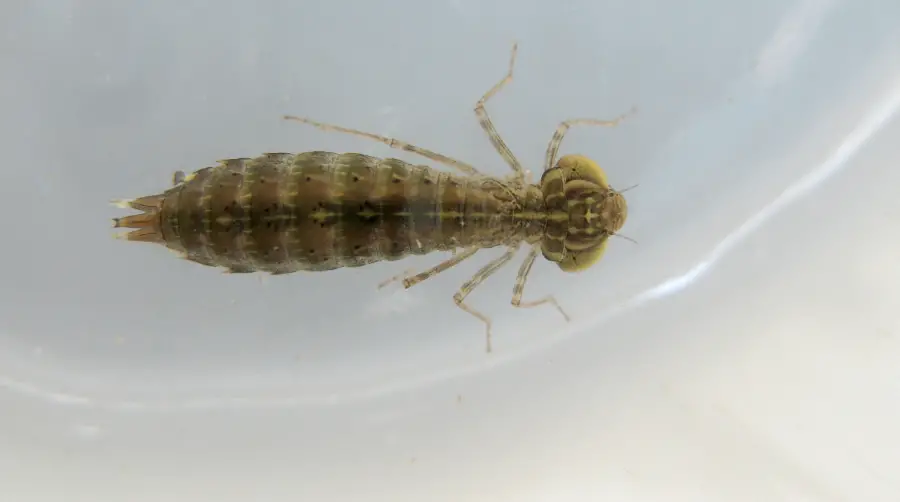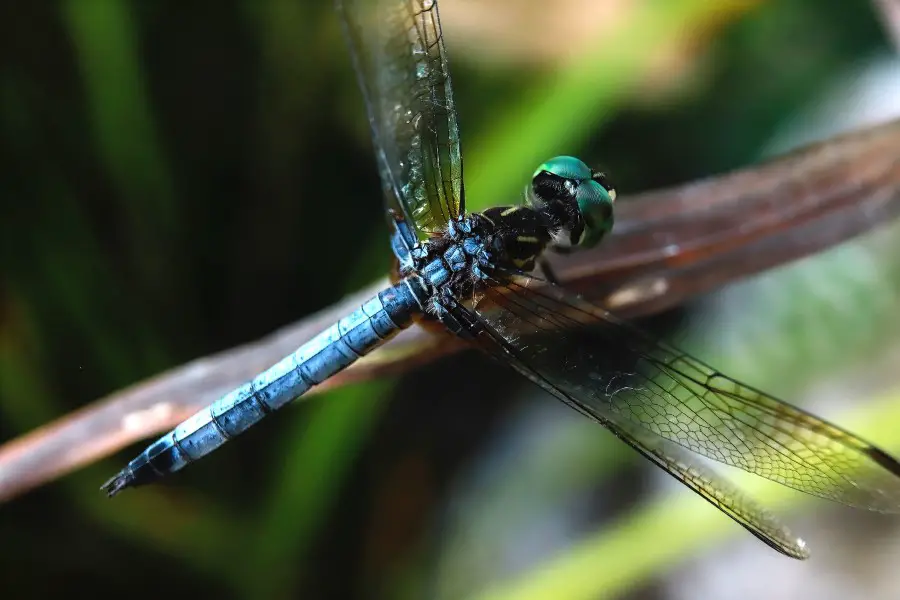Where Do Dragonflies Live? Dragonfly Habitat During Different Life Stages
Here we’ll go through the different habitats that Dragonflies live in during the course of their life cycle, as well as where they can be found in the world.
We all like to see Dragonflies, except perhaps when they’re up close and personal, they can look like menacing minibeasts! But you have to admire their beauty as they effortlessly fly around your back yard – almost like small winged fairies!
First of all, let’s dive into the quick answer, then we’ll go over some of the details…
Where do Dragonflies Live? Dragonflies are widely spread throughout the world and can be found on every continent except Antarctica. mostly around freshwater locations. Associated mainly with wetland habitats such as ponds, lakes, rivers, bogs, and marshes, and usually thriving most in milder climates.
In fact, the further north in latitude you go, the fewer dragonflies you encounter – with the most northerly species of dragonflies being the ‘treeline emerald’, found in Northern Alaska.
Dragonfly egg stage
They start their life underwater as eggs, laid by the female in batches. Some dragonflies, like hawkers, will lay eggs into plant material such as leaves or stems as well as in rotting wood or mud close to the surface line of the water. As the plants die away, they will fall into the water submerging the eggs.
Other dragonflies; emeralds, chasers, and skippers, prefer to lay their eggs straight into the water and can often be seen rapidly dipping their tail onto the surface to deposit them.
The eggs settle into the substrate at the bottom of the water source in an attempt to hide from predators such as ducks, fish, and other dragonfly larvae.
The hatching process varies from species to species with some being ready to emerge in a few weeks, and others – typically the hawkers not emerging until the following spring.
Dragonfly nymph
It’s next stage as larvae, is the stage the dragonfly is in the longest; that could be anywhere from a couple of months, or up to five years in the case of the golden ringed Dragonfly.
They can cope well in either fast-flowing, stagnant or gentle watercourses as they stick to the bottoms of submerged rock and wood on the waterbed. This offers them fantastic cover from prey such as kingfishers, other hungry larvae and fish. For extra protection, some larvae are even covered in small hairs to cover themselves in silt as camouflage.
Ideally, they require plenty of food as they have quite the appetite, so access to bloodworms, insect larvae, small fish, worms and snails is a must.

Emergence to adult dragonfly
After morphing anywhere from 9 – 17 times the dragonfly will be ready to emerge, this process occurring faster in warmer climes. Emergence coincides with the lengthening of days and an increased amount of sunlight.
When they first shed their skin, they require warmth and sunshine to help dry out their delicate soft new tissue.
Their adult lives are spent around wetland habitats where they feast on flying insects, mosquitoes, butterflies and other dragonflies, whilst avoiding predation from birds, amphibians and other hungry insects.

Movement and mating
During their short life spans, which range from a couple of weeks to a couple of months, they will travel in search of resources and changing environmental factors.
Some dragonflies, like the green darner, can travel around 7 and a half miles each day, whereas the globe skimmer can travel an impressive 11,000 miles over the Indian ocean.
Breeding takes place over water so that the female can lay her eggs successfully either in the water or on vegetation surrounding the water source where the whole cycle will begin again.
Learning Resources
If you want to learn more about Dragonflies, there are some great resources available on Amazon, we’ve sourced them for you here to help get you educated and enjoying the outdoors further.
Dragonflies and Damselflies: A Natural History
Or you can catch Dragonflies to study them with these Adult and Children’s nets
Bug and Butterfly Telescopic Adult Net
Three Pack Bug and Butterfly Net for Children – with Bug Cage
Video Resources
Final note…
We hope this has been useful in understanding where Dragonflies live – both in the world and in their natural habitat during their various life cycle stages.
This content has been checked and verified by a qualified veterinary practitioner. The article has been reviewed by our editorial board and has been approved for publication in accordance with our editorial policy.
